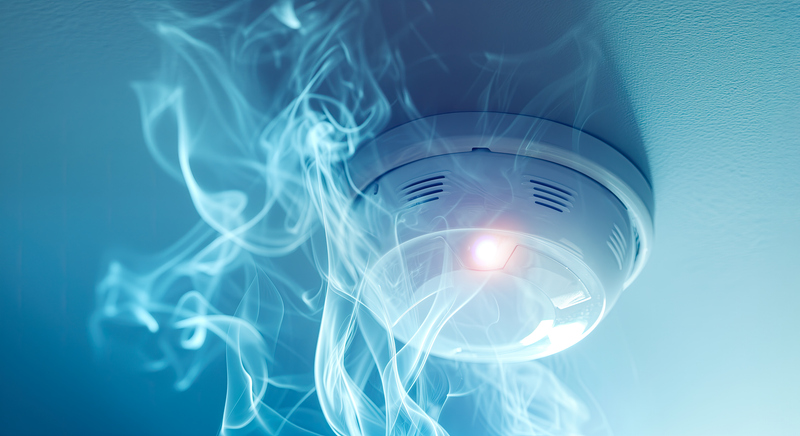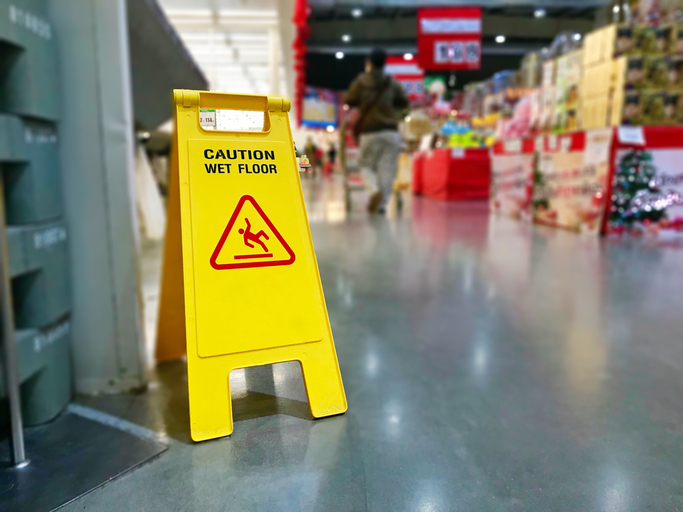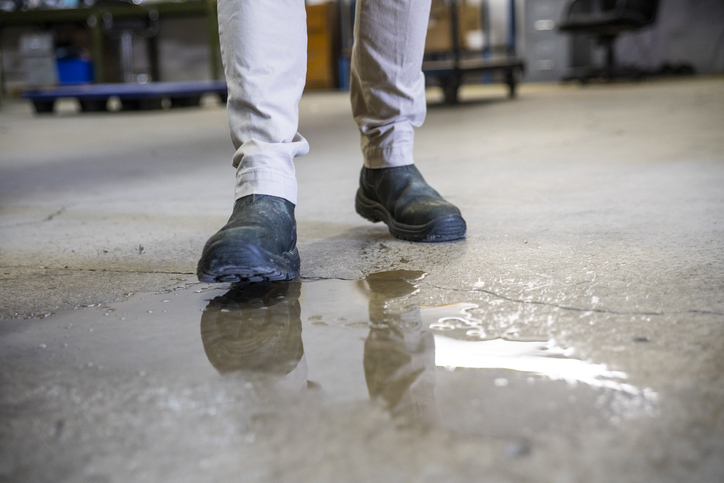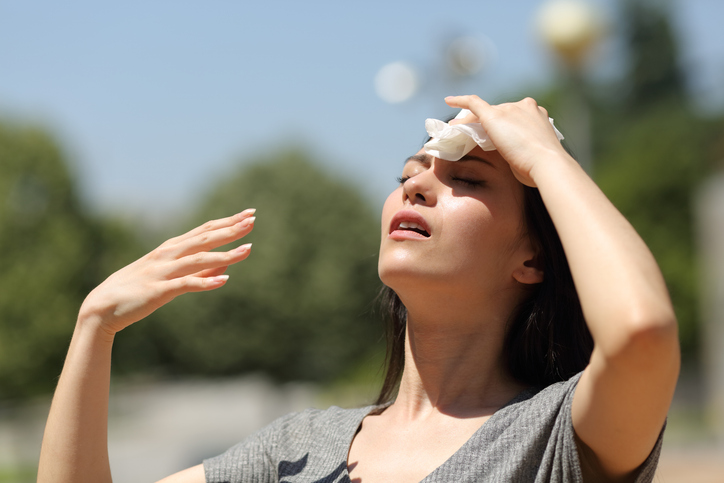
Event organizers must ensure a safe environment for invited guests.
Can I File a Claim if I Was Injured at a Fall Festival?
Key Takeaway:
You can file a claim if your injury at a public event—like a Texas fall festival—was caused by someone else’s negligence.
 Texas Injury Lawyers Blog
Texas Injury Lawyers Blog










